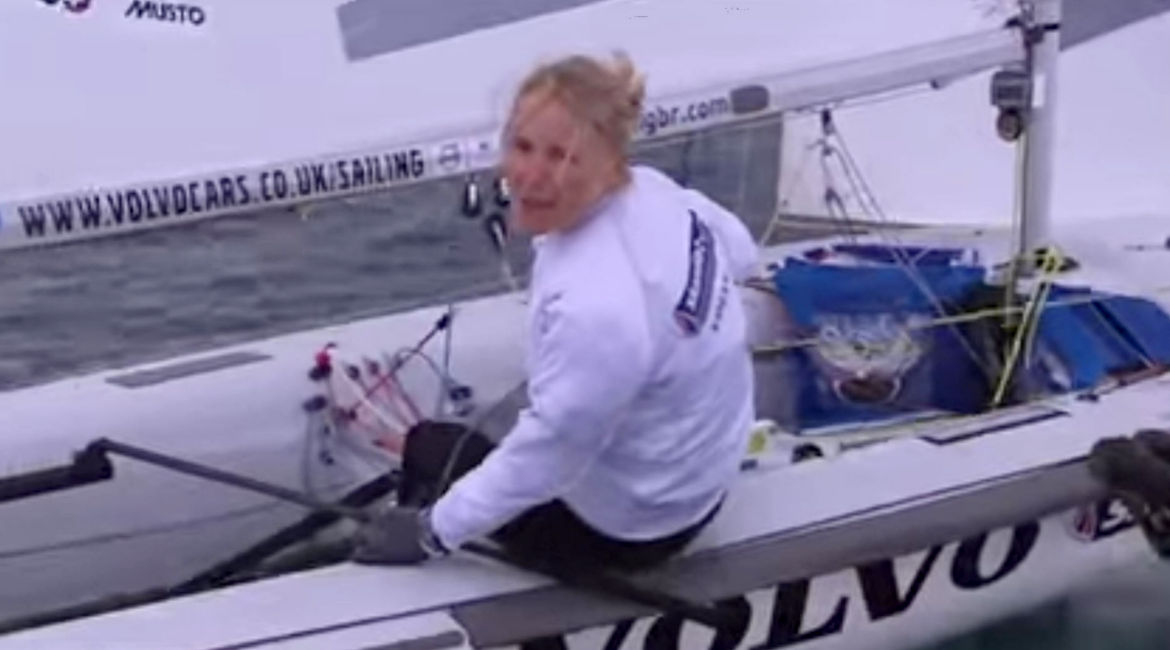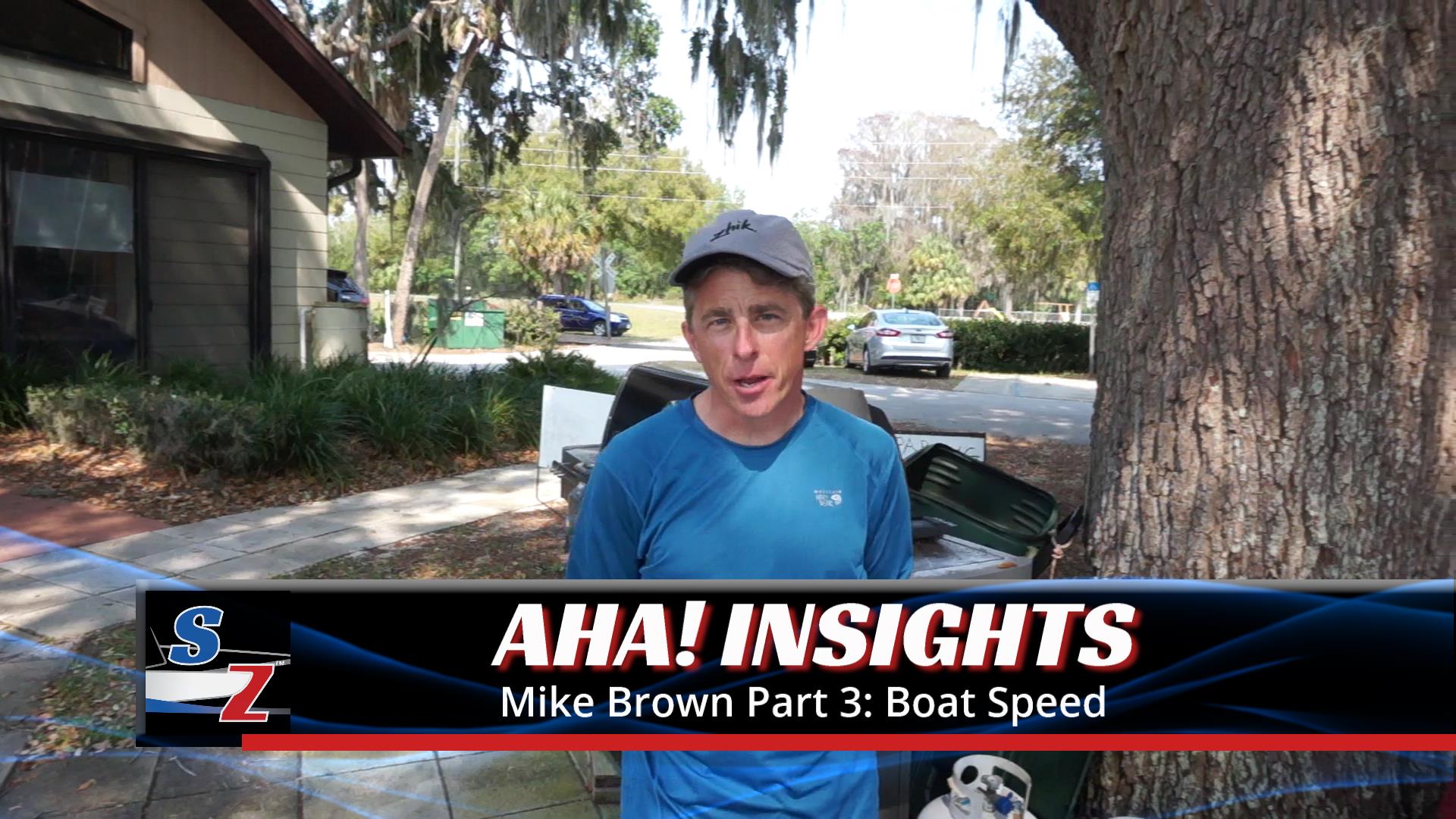In our final Roble/Shea episode, legendary sailor and coach Dave Ullman joins with Olympic qualifiers Stephanie Roble and Maggie Shea to discuss boat speed. Lots of great tips here, including: the nuances of mast rake and sail efficiency, the real scoop on weather helm, technique in various wind ranges, the importance of transitions. Plus, get expert insights on a wide variety of audience questions.
The Fast Forward series is a partnership between the ILYA, Roble/Shea Sailing, and SailZing, LLC. The videos are edited recordings of live webinars conducted in spring 2020. Watch the full video, or use the timings in the video description to go directly to the topics that interest you. Or, read a summary of selected highlights below.
Boat Speed – Outline and Video Timings
- Overview – boat speed tools
- Sail trim review (00:02:25)
- Generating lift
- Angle of attack
- Camber
- Draft location
- Leech profile – twist
- Airplane wing – adapting lift
- Rig settings (00:13:18)
- Mast bend and shroud tension
- Mast rake effects on helm and sail efficiency
- Finding balance with angle of heel, mast rake, boards
- Technique (00:23:10)
- Sail controls
- Technique in the four wind ranges
- How to improve transitions
- Moding – tips for sailing high and low
- How to get faster – Dave Ullman explains the process (40:37)
- Ask the expert – stories and wisdom from Dave, Steph, and Maggie
- 2020 49er FX worlds medal race (00:49:32)
- What it takes to win at the Olympics (00:53:07)
- Mental fitness (00:56:10)
- Scalloping – is it a good idea? (01:02:50)
- Hull prep (01:03:40)
- What are Dave’s favorite boats? (01:07:29)
- What’s the path to becoming a professional sailor? (01:08:27)
- Fitness benefits (01:10:50)
- Ease first or hike first in a puff? Puff techniques. (01:12:05)
- Advice for youth sailors – the drawbacks of high school and college sailing (01:15:43)
- How to minimize the expense of competitive sailing (01:19:01)
- Good boats for small people (01:21:45)
Boat Speed – Selected Highlights
We picked out two topics from this session to highlight: 1) technique in the four wind ranges and 2) transitions. We think these topics gave insights that many sailors may not have considered.
Technique in the four wind ranges
Consistent with their “keep it simple” approach, Steph and Maggie think about technique in four wind ranges. In each wind range you have a different goal, and thus different techniques for weight placement and sail trim. We like the clarity this brings and decided to summarize it in a table.
| Wind Range | Goal | Weight Placement | Sail Trim |
| Underpowered | Build speed to take height (point) | Forward to keep bow attached to water. Active management of heel angle. | Deep sail, draft 50% aft. Full focus on tight leech in puffs, open leech in lulls. |
| Full power | Get the most power out of the boat | Max hiking, boat on its lines. Move fore and aft based on waves. | Deep foot with some leech hook in bottom quarter of sail. Tension vang to control leech but not flatten sail. No twist, trim main tightly for power. |
| Depowering | Balance helm | Max hiking – boat on its lines. Bow out of water for planing (if applicable). | Flatten bottom of sail with outhaul (flatten less in waves). Tension cunningham to move draft forward and twist the top of sail. Vang tension and vang sheeting – flatten sail and let boom move out when easing main. |
| Overpowered | Balance helm. Good boat handling | Weight together to allow boat climb and descend waves. Back for waves, forward in flat water. | Max depowered – flatten sail as much as possible with vang, outhaul, main tension. Draft forward with cunningham. Twist to depower with vang sheeting (maybe a little less vang in the heaviest wind). Boards raised and traveler down to reduce helm. |
Transitions – Questions to Ask

Steph and Maggie claim that smooth transitions in puffs, lulls, and wind changes are what separates the top of the fleet’s boat speed from the rest. Anticipating changes is the key – your transition won’t be smooth if you’re not ready. When they see a change coming on the water, they ask the following questions:
- Am I entering a puff or a lull?
- How long will it last?
- How much power do I have?
- Do I need to make a big change or a small change?
Improving your transitions takes lots of practice. Steph and Maggie advise us to go out and practice in the most changeable conditions possible – near a shore on a puffy day.
More Information
Want more information about these topics? Here are some links to SailZing.com articles:
Shaping Your Mainsail (four video tutorials): 1: Angle of Attack, 2: Camber, 3 Draft Shape and Position, 4: Controlling Twist
Tips for responding to puffs: Don’t Be Lazy with Mainsheet Tension
Tips for sailing lulls (two articles): 1: Sailing Lulls Tips, 2: Sailing Lulls, Part II – Trim in and Feather Down
Roble/Shea Sailing
Keep up with Steph and Maggie’s campaign and consider donating.
Roble-Shea Sailing
ILYA foundation – donate here or directly at Roble-Shea website





